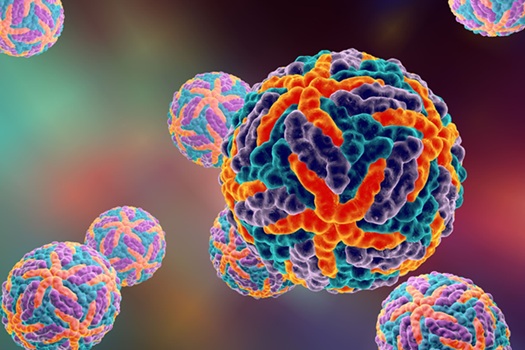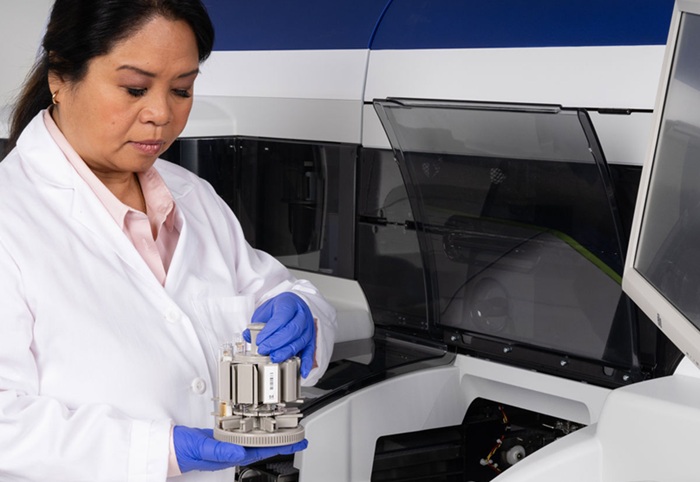Enriched FAK Activity Protects Cardiomyocytes from Heart Attack Damage
|
By LabMedica International staff writers Posted on 22 Mar 2012 |
Cardiovascular disease researchers have identified a protein in cardiomyocytes that when expressed at high levels protects heart cells from damage caused during myocardial infarction due to the sudden loss of oxygen.
Investigators at the University of North Carolina (Chapel Hill, USA) had shown previously that deletion of the enzyme focal adhesion kinase (FAK) exacerbated myocyte death following heart attack. FAK is a highly conserved, cytosolic, protein-tyrosine kinase involved in cell-cell and cell-matrix interaction and responsible for formation of the focal adhesion complex. It is widely expressed throughout development.
In the current study, the investigators examined the effect of enriched FAK activity on cardiomyocytes during and after heart attack (ischemia/perfusion) in a mouse model. To this end, they created a line of mice genetically engineered to express a highly active form of FAK (SuperFAK) in their cardiomyocytes.
They reported in the March 1, 2012, online edition of the journal Arteriosclerosis, Thrombosis and Vascular Biology that FAK activity in unstressed transgenic hearts was modestly elevated, but this had no discernible effect on anabolic heart growth or cardiac function. On the other hand, SuperFAK hearts exhibited a dramatic increase in FAK activity and a reduction in myocyte apoptosis and infarct size 24 to 72 hours following ischemia/perfusion.
Mechanistic studies revealed that elevated FAK activity protected cardiomyocytes from ischemia/perfusion-induced apoptosis by enhancing nuclear factor-kappaB (NF-kappaB)-dependent survival signaling during the early period of reperfusion (30 and 60 minutes). Moreover, adenoviral-mediated expression of SuperFAK in cultured cardiomyocytes attenuated H2O2 or hypoxia/reoxygenation-induced apoptosis. Blockade of the NF-kappaB pathway using a pharmacological inhibitor or small interfering RNAs completely abolished the beneficial effect of SuperFAK.
"This study shows that we can enhance existing cell survival pathways to protect heart cells during a heart attack," said senior author Dr. Joan Taylor, associate professor of pathology and laboratory medicine at the University of North Carolina. "We thought if we could activate FAK to a greater extent, then we could better protect those heart cells."
"I think folks could use this idea to exploit mutations in other molecules - by thinking about how to modify the protein so that it can be under natural controls," said Dr. Taylor. "Negative feedback loops are important because they "reset" the system."
Related Links:
University of North Carolina
Investigators at the University of North Carolina (Chapel Hill, USA) had shown previously that deletion of the enzyme focal adhesion kinase (FAK) exacerbated myocyte death following heart attack. FAK is a highly conserved, cytosolic, protein-tyrosine kinase involved in cell-cell and cell-matrix interaction and responsible for formation of the focal adhesion complex. It is widely expressed throughout development.
In the current study, the investigators examined the effect of enriched FAK activity on cardiomyocytes during and after heart attack (ischemia/perfusion) in a mouse model. To this end, they created a line of mice genetically engineered to express a highly active form of FAK (SuperFAK) in their cardiomyocytes.
They reported in the March 1, 2012, online edition of the journal Arteriosclerosis, Thrombosis and Vascular Biology that FAK activity in unstressed transgenic hearts was modestly elevated, but this had no discernible effect on anabolic heart growth or cardiac function. On the other hand, SuperFAK hearts exhibited a dramatic increase in FAK activity and a reduction in myocyte apoptosis and infarct size 24 to 72 hours following ischemia/perfusion.
Mechanistic studies revealed that elevated FAK activity protected cardiomyocytes from ischemia/perfusion-induced apoptosis by enhancing nuclear factor-kappaB (NF-kappaB)-dependent survival signaling during the early period of reperfusion (30 and 60 minutes). Moreover, adenoviral-mediated expression of SuperFAK in cultured cardiomyocytes attenuated H2O2 or hypoxia/reoxygenation-induced apoptosis. Blockade of the NF-kappaB pathway using a pharmacological inhibitor or small interfering RNAs completely abolished the beneficial effect of SuperFAK.
"This study shows that we can enhance existing cell survival pathways to protect heart cells during a heart attack," said senior author Dr. Joan Taylor, associate professor of pathology and laboratory medicine at the University of North Carolina. "We thought if we could activate FAK to a greater extent, then we could better protect those heart cells."
"I think folks could use this idea to exploit mutations in other molecules - by thinking about how to modify the protein so that it can be under natural controls," said Dr. Taylor. "Negative feedback loops are important because they "reset" the system."
Related Links:
University of North Carolina
Latest BioResearch News
- Genome Analysis Predicts Likelihood of Neurodisability in Oxygen-Deprived Newborns
- Gene Panel Predicts Disease Progession for Patients with B-cell Lymphoma
- New Method Simplifies Preparation of Tumor Genomic DNA Libraries
- New Tool Developed for Diagnosis of Chronic HBV Infection
- Panel of Genetic Loci Accurately Predicts Risk of Developing Gout
- Disrupted TGFB Signaling Linked to Increased Cancer-Related Bacteria
- Gene Fusion Protein Proposed as Prostate Cancer Biomarker
- NIV Test to Diagnose and Monitor Vascular Complications in Diabetes
- Semen Exosome MicroRNA Proves Biomarker for Prostate Cancer
- Genetic Loci Link Plasma Lipid Levels to CVD Risk
- Newly Identified Gene Network Aids in Early Diagnosis of Autism Spectrum Disorder
- Link Confirmed between Living in Poverty and Developing Diseases
- Genomic Study Identifies Kidney Disease Loci in Type I Diabetes Patients
- Liquid Biopsy More Effective for Analyzing Tumor Drug Resistance Mutations
- New Liquid Biopsy Assay Reveals Host-Pathogen Interactions
- Method Developed for Enriching Trophoblast Population in Samples
Channels
Clinical Chemistry
view channel
VOCs Show Promise for Early Multi-Cancer Detection
Early cancer detection is critical to improving survival rates, but most current screening methods focus on individual cancer types and often involve invasive procedures. This makes it difficult to identify... Read more
Portable Raman Spectroscopy Offers Cost-Effective Kidney Disease Diagnosis at POC
Kidney disease is typically diagnosed through blood or urine tests, often when patients present with symptoms such as blood in urine, shortness of breath, or weight loss. While these tests are common,... Read moreMolecular Diagnostics
view channel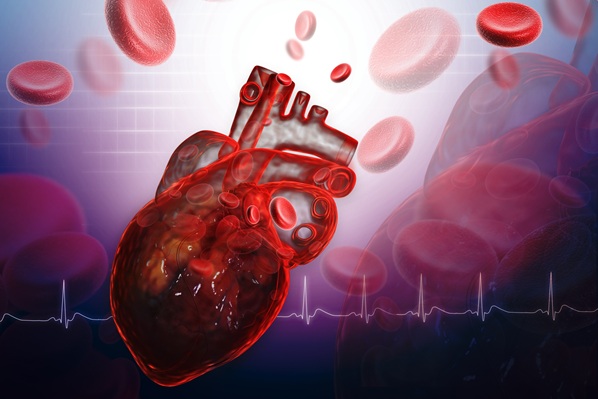
New Biomarker Panel to Improve Heart Failure Diagnosis in Women
Heart failure affects millions worldwide, yet many women are still misdiagnosed or diagnosed too late. Although heart failure broadly means the heart cannot pump enough blood to the body’s cells, its two... Read more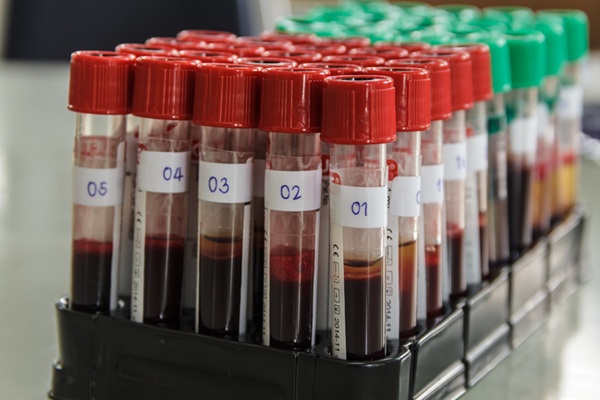
Dual Blood Biomarkers Improve ALS Diagnostic Accuracy
Diagnosing amyotrophic lateral sclerosis (ALS) remains difficult even with advanced imaging and genetic tools, especially when clinicians must distinguish it from other neurodegenerative conditions that... Read moreHematology
view channel
ADLM’s New Coagulation Testing Guidance to Improve Care for Patients on Blood Thinners
Direct oral anticoagulants (DOACs) are one of the most common types of blood thinners. Patients take them to prevent a host of complications that could arise from blood clotting, including stroke, deep... Read more
Viscoelastic Testing Could Improve Treatment of Maternal Hemorrhage
Postpartum hemorrhage, severe bleeding after childbirth, remains one of the leading causes of maternal mortality worldwide, yet many of these deaths are preventable. Standard care can be hindered by delays... Read more
Pioneering Model Measures Radiation Exposure in Blood for Precise Cancer Treatments
Scientists have long focused on protecting organs near tumors during radiotherapy, but blood — a vital, circulating tissue — has largely been excluded from dose calculations. Each blood cell passing through... Read moreImmunology
view channel
Chip Captures Cancer Cells from Blood to Help Select Right Breast Cancer Treatment
Ductal carcinoma in situ (DCIS) accounts for about a quarter of all breast cancer cases and generally carries a good prognosis. This non-invasive form of the disease may or may not become life-threatening.... Read more
Blood-Based Liquid Biopsy Model Analyzes Immunotherapy Effectiveness
Immunotherapy has revolutionized cancer care by harnessing the immune system to fight tumors, yet predicting who will benefit remains a major challenge. Many patients undergo costly and taxing treatment... Read moreMicrobiology
view channel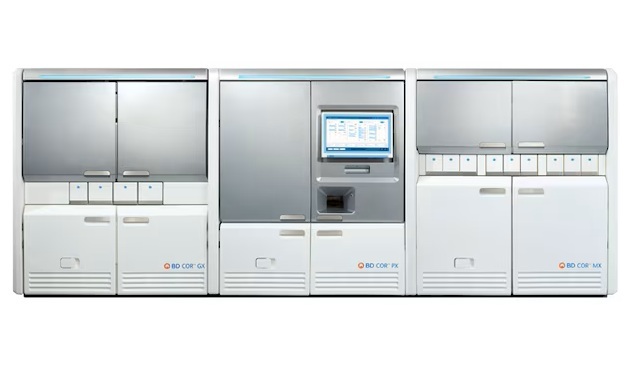
High-Throughput Enteric Panels Detect Multiple GI Bacterial Infections from Single Stool Swab Sample
Gastrointestinal (GI) infections are among the most common causes of illness worldwide, leading to over 1.7 million deaths annually and placing a heavy burden on healthcare systems. Conventional diagnostic... Read more
Fast Noninvasive Bedside Test Uses Sugar Fingerprint to Detect Fungal Infections
Candida bloodstream infections are a growing global health threat, causing an estimated 6 million cases and 3.8 million deaths annually. Hospitals are particularly vulnerable, as weakened patients after... Read morePathology
view channel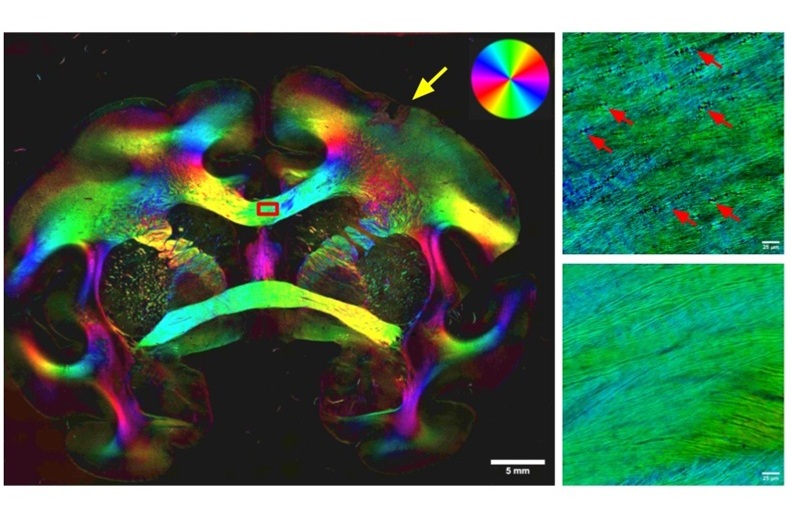
Highly Sensitive Imaging Technique Detects Myelin Damage
Damage to myelin—the insulating layer that helps brain cells function efficiently—is a hallmark of many neurodegenerative diseases, age-related decline, and traumatic injuries. However, studying this damage... Read more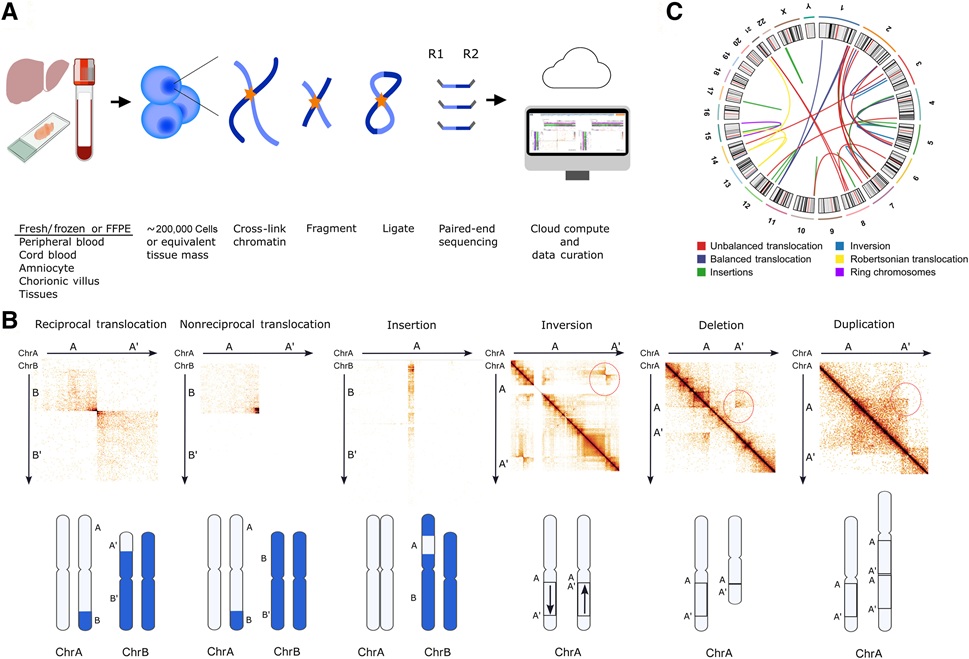
3D Genome Mapping Tool to Improve Diagnosis and Treatment of Genetic Diseases
Standard laboratory tests often fail to detect complex DNA rearrangements that underlie many genetic diseases. To bridge this diagnostic gap, researchers have developed a 3D chromosome mapping method that... Read more
New Molecular Analysis Tool to Improve Disease Diagnosis
Accurately distinguishing between similar biomolecules such as proteins is vital for biomedical research and diagnostics, yet existing analytical tools often fail to detect subtle structural or compositional... Read more
Tears Offer Noninvasive Alternative for Diagnosing Neurodegenerative Diseases
Diagnosing and monitoring eye and neurodegenerative diseases often requires invasive procedures to access ocular fluids. Ocular fluids like aqueous humor and vitreous humor contain valuable molecular information... Read moreTechnology
view channel
Portable Biosensor Diagnoses Psychiatric Disorders Using Saliva Samples
Early diagnosis of psychiatric disorders such as depression, schizophrenia, and bipolar disorder remains one of medicine’s most pressing challenges. Current diagnostic methods rely heavily on clinical... Read more
Cell-Sorting Device Uses Electromagnetic Levitation to Precisely Direct Cell Movement
Sorting different cell types—such as cancerous versus healthy or live versus dead cells—is a critical task in biology and medicine. However, conventional methods often require labeling, chemical exposure,... Read moreIndustry
view channel
Co-Diagnostics Forms New Business Unit to Develop AI-Powered Diagnostics
Co-Diagnostics, Inc. (Salt Lake City, UT, USA) has formed a new artificial intelligence (AI) business unit to integrate the company's existing and planned AI applications into its Co-Dx Primer Ai platform.... Read more










 (3) (1).png)


